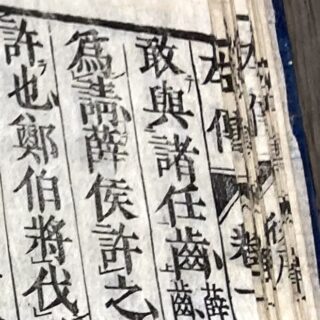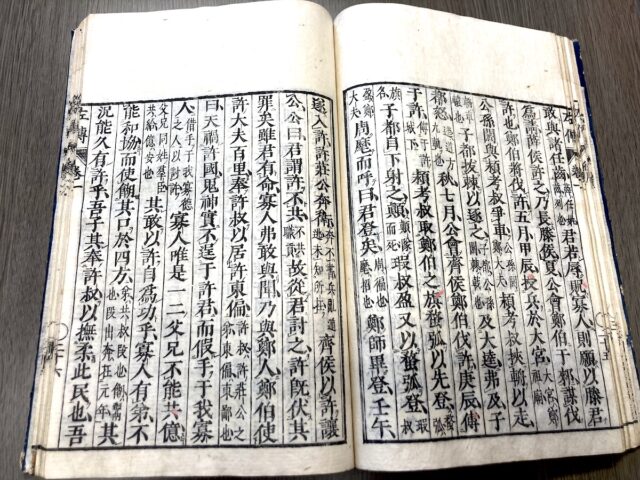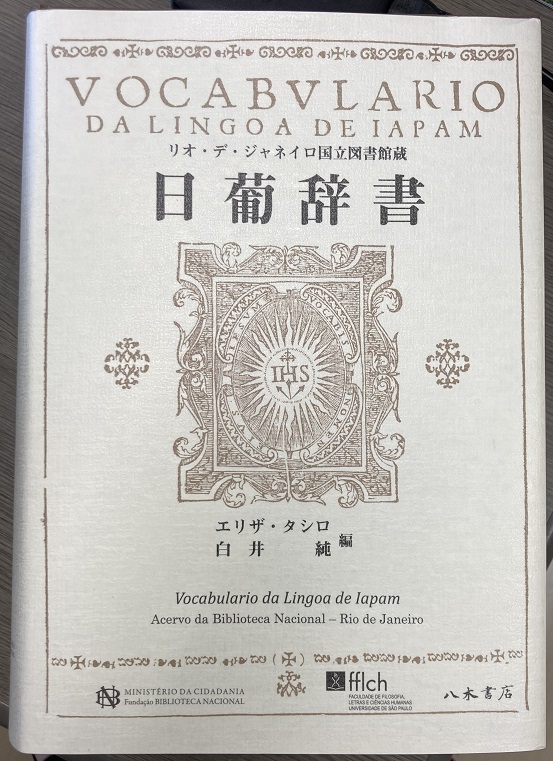Profile
- Research Subject
I study the Japanese language of the past and the materials written in the past Japanese. The main subjects of my research are Nara-period grammars such as kakari-musubi and Shomono materials(lecture notes on the Chinese classics) in Muromachi-period.
- Research Fields
- Japanese Linguistics, Philology, Historical Linguistics
- Faculty - Division / Research Group / Laboratory
- Division of Humanities / Research Group of Linguistics / Laboratory of Linguistics
- Graduate School - Division / Department / Laboratory
- Division of Humanities / Department of Linguistics / Laboratory of Linguistics
- School - Course / Laboratory
- Division of Humanities and Human Sciences / Course of Linguistics and Literature / Laboratory of Linguistics
- Contact
Office/Lab: 311
Email: tsuta.kiyoyuki(at)let.hokudai.ac.jp
Replace “(at)” with “@” when sending email.Foreign exchange students who want to be research students (including Japanese residents) should apply for the designated period in accordance with the “Research Student Application Guidelines”. Even if you send an email directly to the staff, there is no reply.- Related Links
Lab.letters


Sharpen your information reading comprehension with the classics,
the origin of Japanese language updating
What kinds of words did Japanese people of the past speak, and how did they pronounce them? For the medieval/Muromachi era which is my specialization focus, we use Kyogen theater scripts, Japanese dictionary materials left behind by Jesuits and other Christians, and commentary books explaining classical Chinese language materials as materials with colloquial notations that help answer these questions. In the modern world where everything is constantly and continually updated, the act of transcending nation and era to confront literature that connects us with the people of long ago is a special time of study I want you to experience, especially during your student years. This will strengthen your ability to read the information existing behind the text, and also sharpen your eye for spotting the “fake news” of today. Precious resources for Japanese language research lie asleep in the deep forest of the classics, waiting to be dug up by you.
Find hunting friends in research colleagues and
in paper materials that cannot be copied and pasted digitally
Currently, the digitalization of classic materials is advancing, and it is easy to procure needed materials even in Hokkaido. Conversely, the fact that there also exists much information which can only be obtained through paper materials that are becoming ever rarer as the years pass is also exciting to the commentary research enthusiast. I also want to teach basic handling methods for classical material written in ink so you may experience the actual feel of studying directly from the source. At Hokkaido University, Chinese literature research and textual research focusing on the relationship between Japan and China are also advancing, providing an environment in which commentary research information can be easily exchanged. For research that is not easy bring back to life if it loses momentum even once, having colleagues not limited to one specific field is reassuring. Paper materials and colleagues are your friends in the journey to hunt in the forest of the classics.
Message
My specialty is “Kokugogaku” (the study of Japanese as the national language of Japan). There are complicated stories behind this name, but setting those aside for now and stating simply the area I am targeting for research, I work with old Japanese and materials written in old Japanese.
When I say that I research old Japanese language, most people probably think I use works like Manyoshu, The Tale of the Genji, and The Tale of the Heike as my resources. These works are of course very important materials, but materials for researching old Japanese language and especially the spoken word are not limited to those. Many different kinds of language materials exist, such as sutras with various symbols written in them to help monks study and understand the readings (guide mark resources) or transcripts of presentations that lecturers gave to audiences on classical works (commentaries).
In language materials, information on who wrote it and how it was written is an important element, but this information is not known for some of these materials. What I do is to provide what you could basically call a research infrastructure in which anyone can feel fully justified in using these materials in research. Japanese language research in and of itself is not limited to language science, and has the aspect of creating an infrastructure for historical studies and classical literature research. And I believe that materials research is research which has the purpose of providing an underpinning foundation for all of that.
The targets of my research to date have mainly focused on Jodai (Nara era) words and late medieval period (the Muromachi–Sengoku–Azuchi-Momoyama eras) materials. However, dividing lines between eras and genres are mere expedients crafted by human beings, and all language phenomena are connected in some fashion. I welcome anyone who is interested in the Japanese language and Japanese materials. Let’s learn together.




